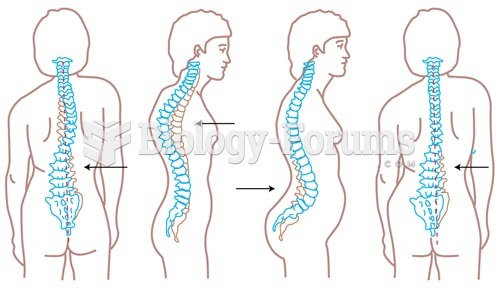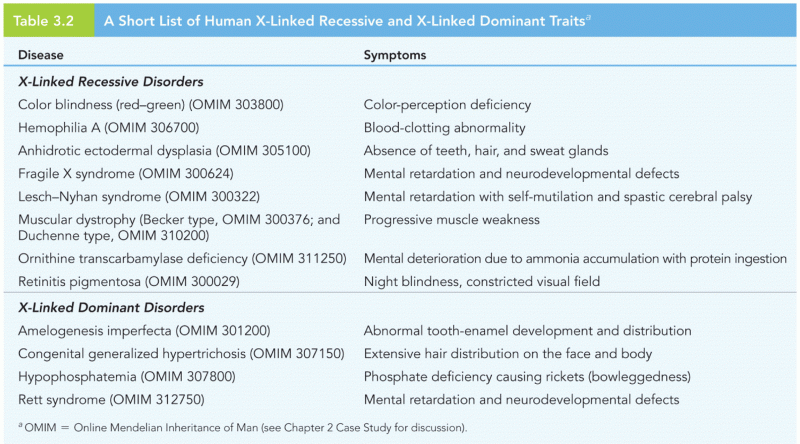Answer to Question 1ANS: In her later writings, Horney reformulated the list of needs. From her work with patients, she concluded that the needs could be presented in three groups, each indicating a person's attitudes toward the self and others. She called these three categories of directional movement the neurotic trends. The neurotic trends are as follows:
- Movement toward other peoplethe compliant personality
- Movement against other peoplethe aggressive personality
- Movement away from other peoplethe detached personality
The neurotic needs for affection and approval and for having a dominant partner are categorized under the compliant personality. The needs for power, exploitation, prestige, admiration, and achievement are categorized under the aggressive personality. The needs for self-sufficiency, perfection, and narrow limits to life are categorized under the detached personality.
The Compliant Personality: The compliant personality displays attitudes and behaviors that reflect a desire to move toward other people. Such a person has an intense and continuous need for affection and approval, an urge to be loved, wanted, and protected. Compliant personalities display these needs toward everyone, although they usually have a need for one dominant person, such as a friend or spouse, who will take charge of their lives and offer protection and guidance.
Compliant personalities manipulate other people, particularly their partners, to achieve their goals. They often behave in ways others find attractive or endearing. Compliant people are concerned with living up to others' ideals and expectations, and they act in ways others perceive as unselfish and generous.
In dealing with other people, compliant personalities are conciliatory. They subordinate their personal desires to those of other people. They are willing to assume blame and defer to others, never being assertive, critical, or demanding. Their attitude toward themselves is consistently one of helplessness and weakness.
Consequently, they regard other people as superior, and even in situations in which they are competent, they see themselves as inferior. Because the security of compliant personalities depends on the attitudes and behavior of other people toward them, they become excessively dependent, needing constant approval and reassurance.
The source of these behaviors is the person's repressed hostility. Horney found that compliant persons have repressed profound feelings of defiance and vindictiveness. They have a desire to control, exploit, and manipulate others, the opposite of what their behaviors and attitudes express.
Answer to Question 2ANS: Horney listed 10 needs that she termed neurotic needs because they are irrational solutions to one's problems. The 10 neurotic needs are as follows:
1. Affection and approval
2. A dominant partner
3. Power
4. Exploitation
5. Prestige
6. Admiration
7. Achievement or ambition
8. Self-sufficiency
9. Perfection
10. Narrow limits to life
The neurotic needs encompass the four ways of protecting ourselves against anxiety.
- Gaining affection is expressed in the neurotic need for affection and approval.
- Being submissive includes the neurotic need for a dominant partner.
- Attaining power relates to the needs for power, exploitation, prestige, admiration, and achievement or ambition.
- Withdrawing includes the needs for self-sufficiency, perfection, and narrow limits to life.







